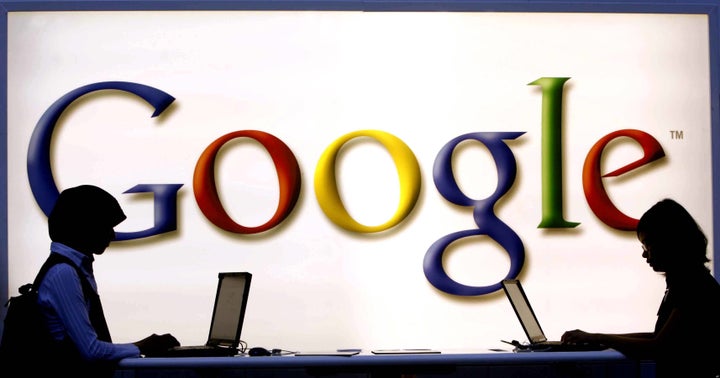
When Google initially launched Google.org, they said it was going to be big. At the time of its launch, then-director Larry Brilliant said it would revolutionize the way philanthropic companies were formed.
"Google.org can play the entire keyboard. It can start companies, build industries, pay consultants, lobby, give money to individuals and make a profit."
Five years later, the only thing Google.org seems to be playing is dead.
Struggling to create a business model out of philanthropy, Google.org (or simply DotOrg) has scaled down its operations significantly, reports the New York Times. No longer focused on becoming the ambitious donation and investment tool its creators promised, the operation now concentrates specifically on technical engineering projects in an effort to make good on its promise to do good.
Google claims to have had set aside $184 million for charitable action last year, however only 15 percent went to DotOrg projects, reports The Times.
Jacquelline Fuller, Google's director of charitable giving, shed light on DotOrg's funding, explaining that the focus of the site has become less about garnering donations and more about specific projects. She told the Times:
"We have ramped up our charitable giving, but it is now being done outside of DotOrg by other teams, which has allowed DotOrg to focus on developing engineering solutions."
The original vision for DotOrg encompassed much more. Heralded as an investment powerhouse, it was created to channel funds from Google to enable both nonprofit and for-profit organizations in their philanthropic efforts.
However, Brilliant's plans never picked up speed. The Stanford Social Innovation Review released a comprehensive overview of DotOrg's actions, reporting on the political tensions and shifting objectives that stalled the organization for three years.
In 2009, Brilliant decided to relinquish his role. In his farewell note on Google.org's blog, he mentioned a need to refocus:
"While we have been able to support some remarkable nonprofit organizations over the past three years, our greatest impact has come when we've attacked problems in ways that make the most of Google's strengths in technology and information."
Megan Smith took over the reins as general manager, and with her came big changes.
Instead developing a philanthropy hub, she played on DotOrg's strengths and honed in on specific projects. By creating in-house teams and investing within the company itself, she overhauled the project's philosophy. She told CNET:
"Can we use our engineering skills to design our way out [of the world's problems]? ... I think we're [becoming] clear about what is our best lever: technology-driven philanthropy."
Of the five technical engineering projects listed on the site, two deal directly with calculating the cost of carbon emissions, both on a large and small scale. The Powermeter is a tool that lets users monitor energy remotely and adjust usage to save money and resources. RE
Some are skeptical of DotOrg's strategy. Suzie Boss, the author of the Stanford report and Portland-area journalist, expressed concern over the company's emphasis on engineering.
"By favoring high-tech, high-impact projects, DotOrg will likely overlook low-tech, high-impact solutions. The focus on projects "only Google could do" gives the initiative a sharper focus, but may smack of hubris or narrow vision to those who have been working on solutions for decades and depend on funders to reach scale."